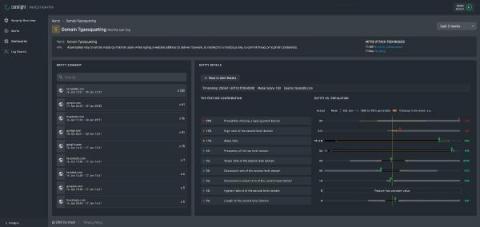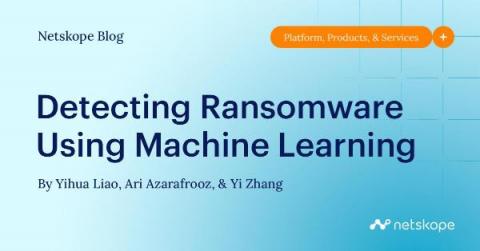CrowdStrike's Free TensorFlow-to-Rust Conversion Tool Enables Data Scientists to Run Machine Learning Models as Pure Safe Code
Deep learning is a core part of CrowdStrike’s arsenal of machine learning (ML) techniques, and we are constantly innovating in this area to boost the performance of our ML models. However, ML can consume large amounts of computing resources. To minimize the computing load and its associated costs, we strive to optimize performance and resource utilization for our models as well as address any safety issues related to the use of third-party tools.











